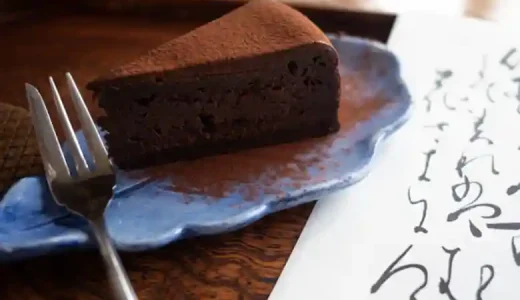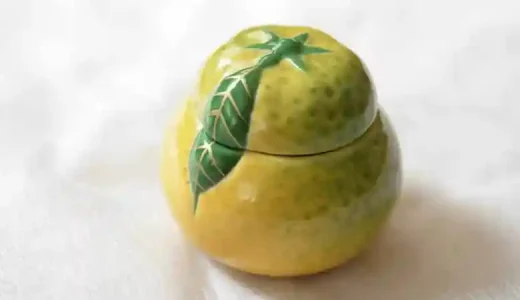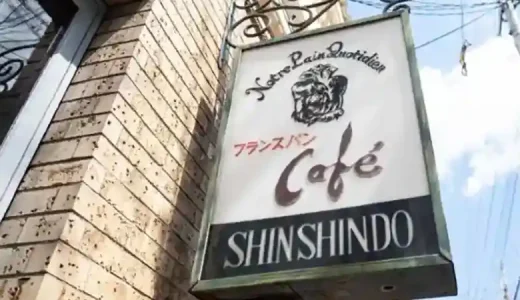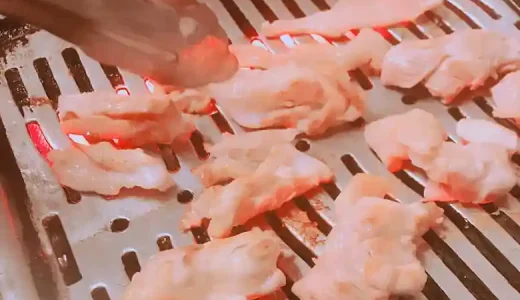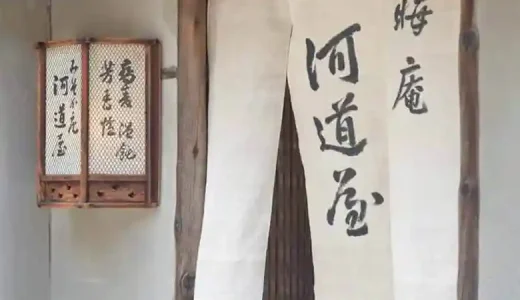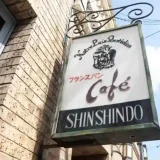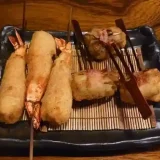I traveled to Kyoto. This time we visited Suntory Yamazaki distillery. It takes only 40 minutes from Kyoto by train. Suntory Yamazaki distillery is located at the foot of Mt. Tennozan, southwest of Kyoto. It is the oldest malt whiskey distillery in Japan.
Oyamazaki
High-quality water and humidity are essential for whiskey making. Yamazaki, where Suntory Yamazaki Distillery is located, has these two advantages. Yamazaki has long been known for its excellent water. Sen no Rikyu, who perfected the Japanese tea ceremony (chanoyu), established his tea house “Myokian” in Yamazaki, a national treasure. Also, because of the confluence of the Katsura, Uji, and Kizu Rivers, Yamazaki-“Jikan” is humid and suitable for whiskey aging.
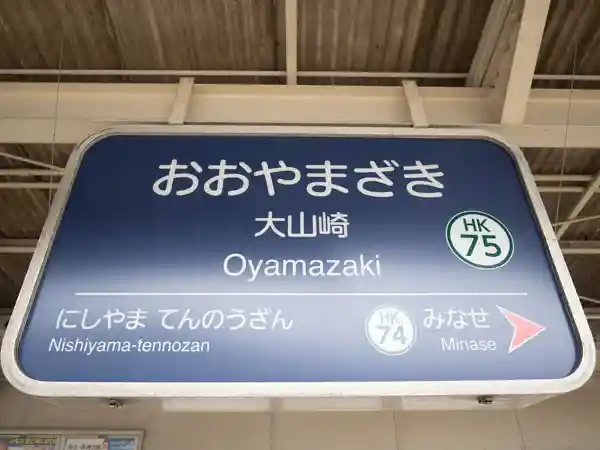
I arrived at Oyamazaki Station, about 20 minutes from Kyoto Kawaramachi Station on the Hankyu Kyoto Main Line.
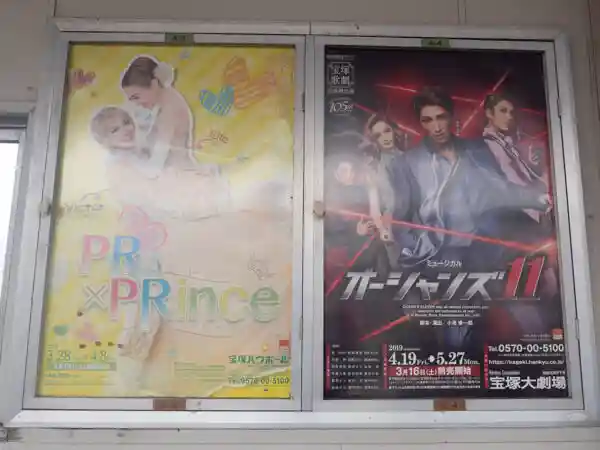
I saw posters of Takarazuka Revue at various places in Oyamazaki Station. Takarazuka Revue is a singing troupe composed entirely of unmarried women and is very popular in Japan. The Hankyu Railway company is the operator of this troupe.
From Oyamazaki station, I walked to the distillery.
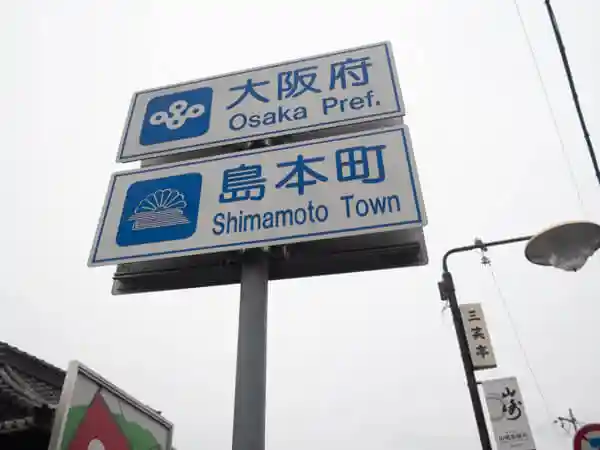
Yamazaki was the scene of the “Battle of Yamazaki” in 1582. Toyotomi Hideyoshi won this battle and became the supreme ruler of Japan. It was called the “Battle of Tennozan.” Even today, “Tennozan” is a metaphor for a significant match or phase in sports, politics, etc.
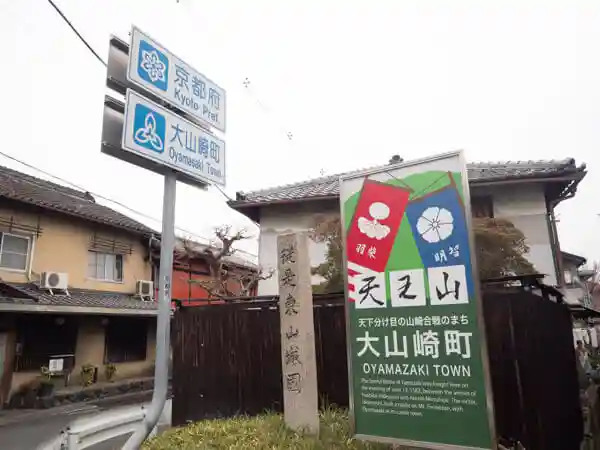
On my way to Suntory Yamazaki Distillery, I crossed the border between Kyoto and Osaka.
Suntory Yamazaki Distillery
I arrived at the distillery in 10 minutes on foot from Oyamazaki station. Crossing the railroad crossing, I found the entrance to Suntory Yamazaki Distillery.
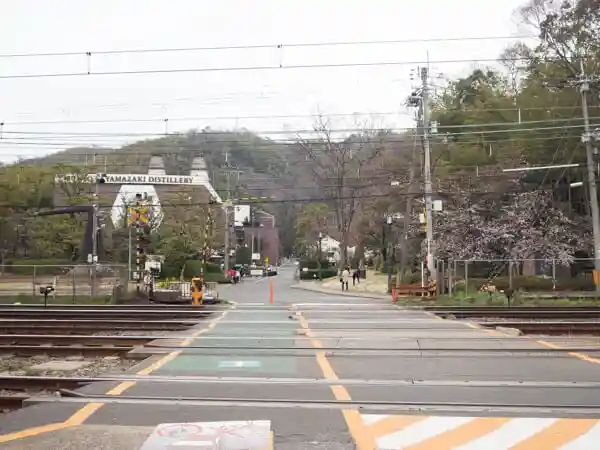
After completing the admission procedures at the reception desk to the left of the entrance, a staff member handed me a plaque with the tour’s start time.
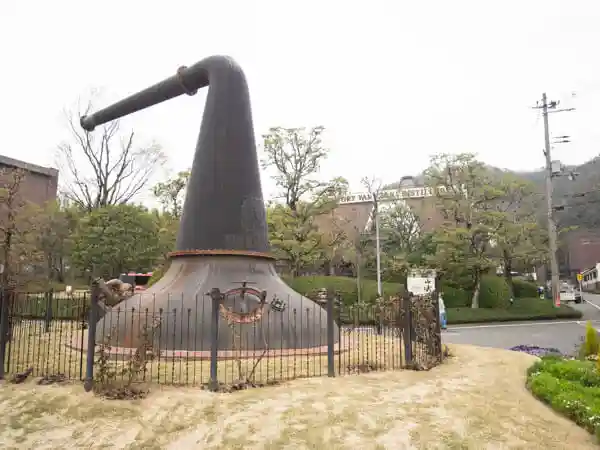
A Pot still used for distilling whiskey was displayed in the distillery plaza.
Whiskey Museum
You need to make a reservation to enter the Whiskey Museum.
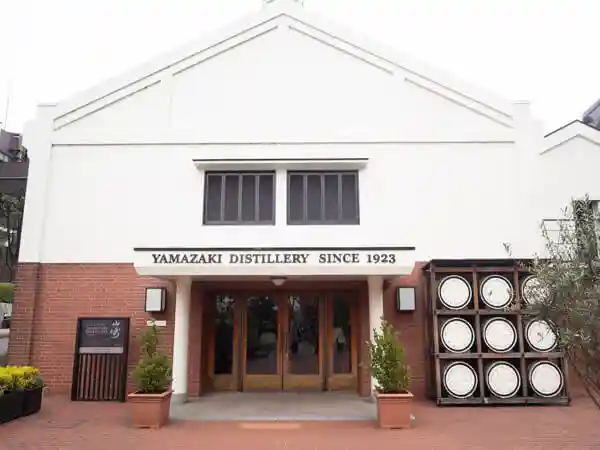
There are two types of tours of the Whiskey Museum: a paid tour and a free tour. The paid course allows visitors to observe the manufacturing process of preparation, fermentation, distillation, and storage at the factory. The free class includes a tour of the Yamazaki Whiskey Museum only.
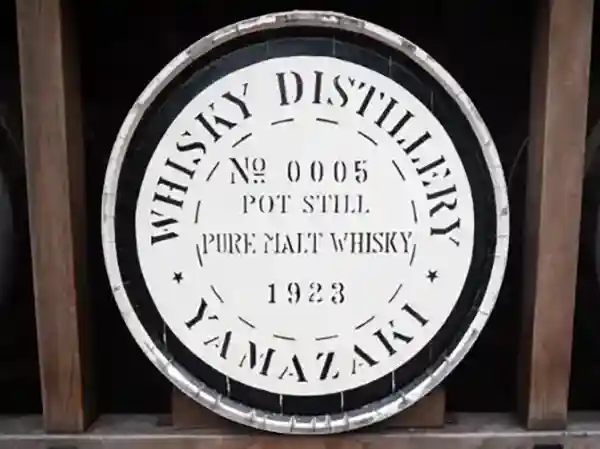
Kotobukiya established the Yamazaki Distillery in 1923 as Japan’s first malt whiskey distillery. The president of Kotobukiya was the founder, Torii Shinjiro (1879-1962). The distiller-in-chief was Taketsuru Masataka (1894-1979). He is known as the “father of Japanese whiskey.
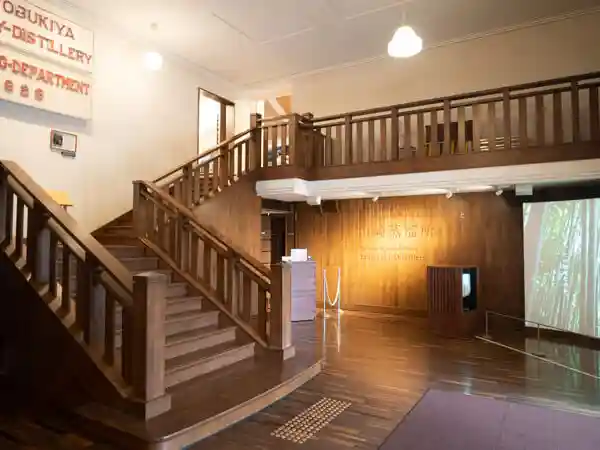
The interior of the Whiskey Museum has a quaint wooden decor.
The Story of the Founding of the Company
“Go for it. You won’t know unless you try,” was a favorite saying of Torii Shinjiro.
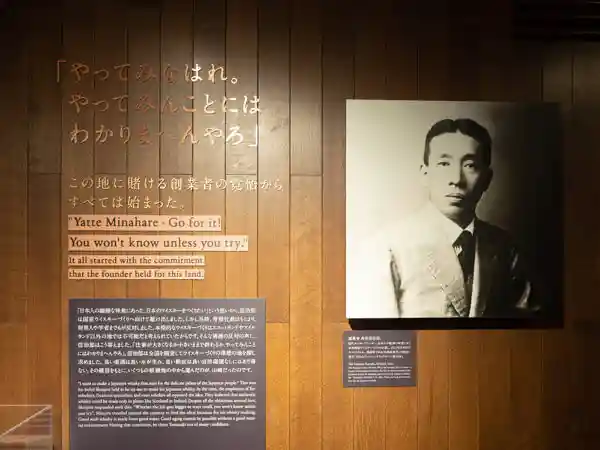
His goal was to create a spirit of challenge that emphasizes taking on new challenges without fear of failure. Suntory still carries this idea as its founding spirit.
Old Suntory whiskeys
Many old Suntory whiskeys were on display at the Whiskey Museum. The photo shows “Akadama Port Wine,” launched in 1907.
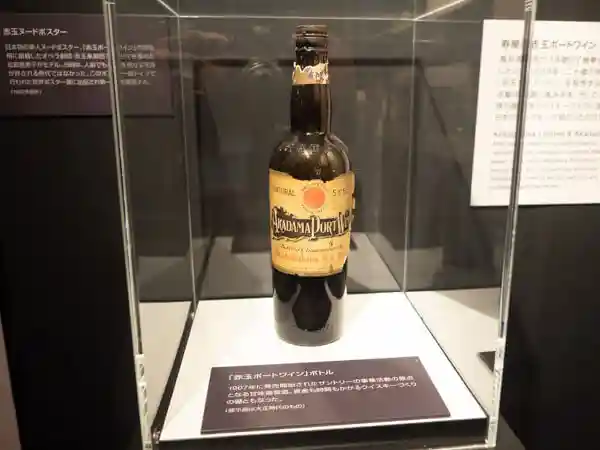
The photo shows “Akadama Port Wine,” first released in 1907. This wine sold phenomenally well at the time. It laid the foundation for Suntory’s management.
The photo below shows “Old” whisky, created at the Yamazaki distillery in 1940. Due to the wartime situation, Kotobukiya could not release this whisky, and sales began in 1950 after the war.
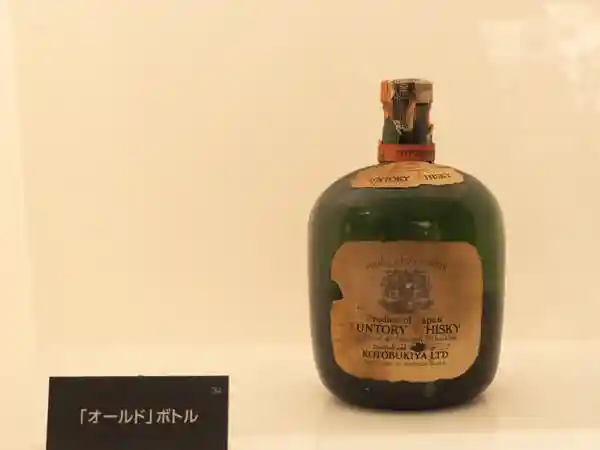
The shape of the bottle, called “Daruma,” is still used today.
The whisky in the photo below, called “Kakubin,” went on sale in 1937.
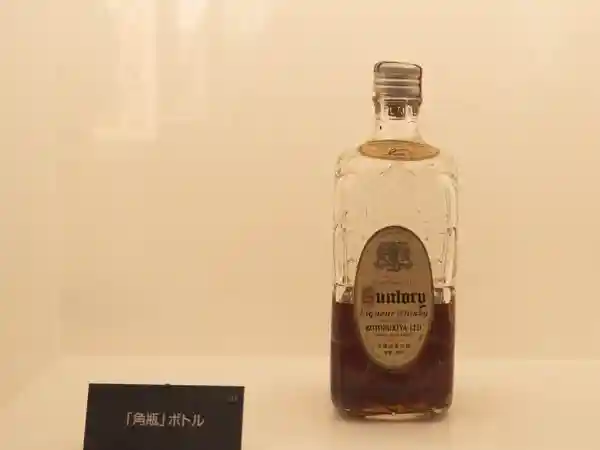
When it was first released, it was called “Suntory Whisky 12-Year-Old. Because of the shape of the bottle, it was commonly called “Kakubin” (square bottle), and later “Kakubin” became the official product name.
The photo below is a poster of “Suntory White Tag.” This whisky was the first domestic whisky launched in 1929.
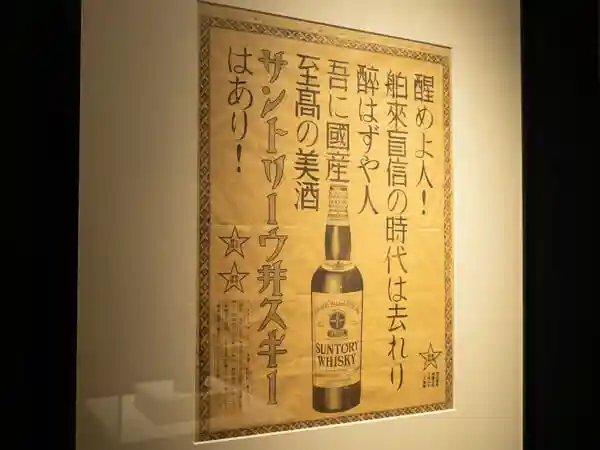
The poster reads, “Wake up, people! The age of blind faith in imported spirits is over, and I have Suntory Whiskey, the supreme domestic sake! ” This advertising text was published in national newspapers and was well received. In the 1970s, Sammy Davis Jr. appeared in a TV commercial for this whiskey. Sammy Davis Jr. drank the whiskey and mumbled, “Mmmm, Suntory! ” became very popular in Japan.
Whiskey Library
Whiskey bottles lined the walls of this space.
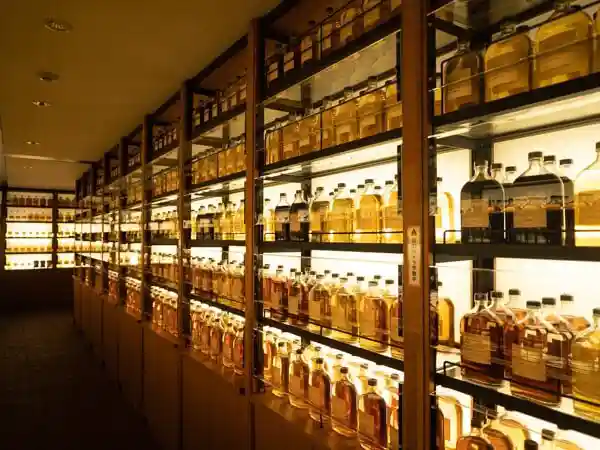
The illuminated, amber-colored bottles were gorgeous.
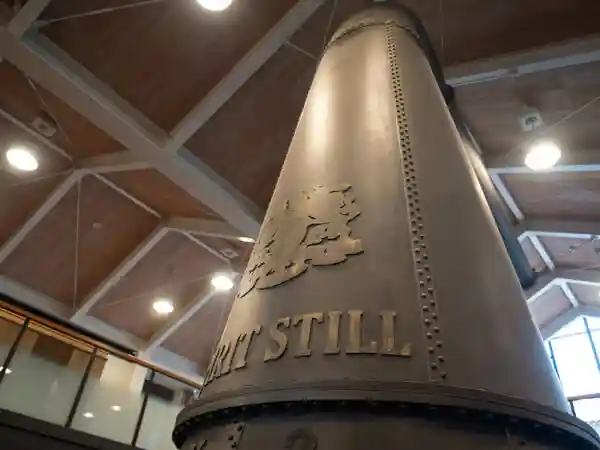
A pot still used in the distillery was also displayed in the museum.
Tasting Counters
There was a tasting counter on the first floor of the whiskey museum.
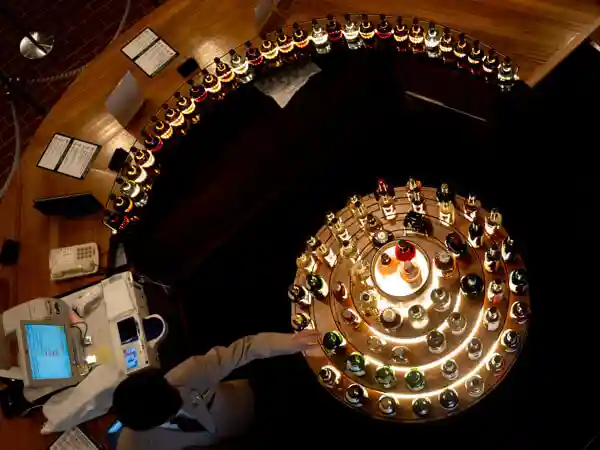
The photo above shows the tasting counter looking in from the second floor. The circular counter was lined with bottles lit up in a fantastic atmosphere.
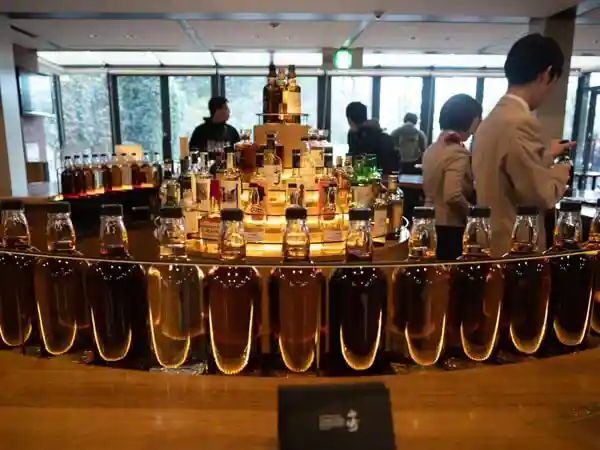
There were about 30 kinds of whiskies available, including whiskies from around the world handled by Suntory and original whiskies that can only be drunk at the distillery. There was a selection of “Yamazaki” whiskey of various ages. I could also drink some of the original whiskey that makes up Yamazaki.
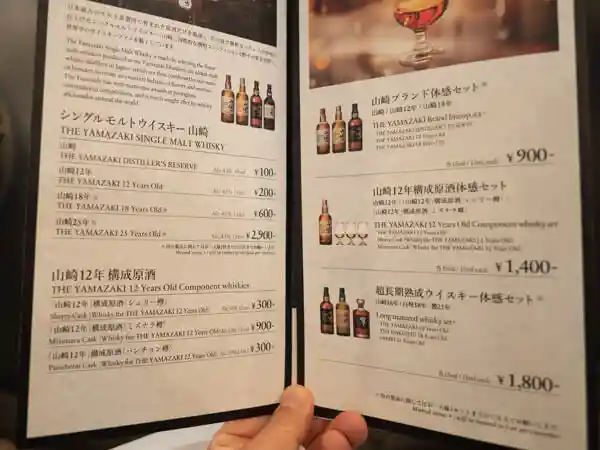
I ordered the “Super Long-Term Aged Whiskey Experience Set.” The whiskies in this set were ” Hakushu, 18 years old,” “Yamazaki, 18 years old,” and” Hibiki, 21 years old.” The waitstaff poured whiskey from a bottle in front of me.
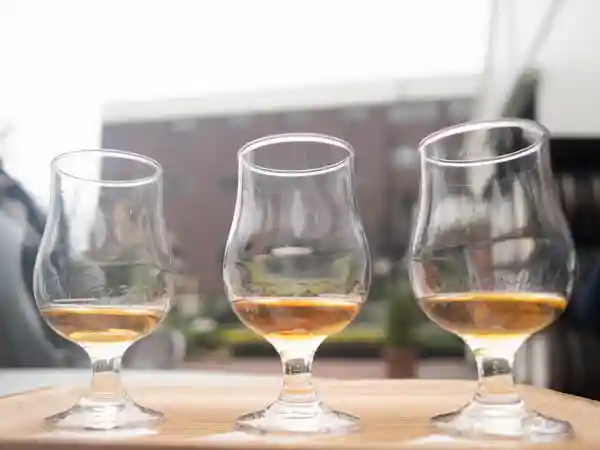
The whiskies poured into the glasses in the photo above are, from left to right, The whiskies in this set were ” Hakushu, 18 years old,” “Yamazaki, 18 years old,” and” Hibiki, 21years old.”
Gift Shop
The gift store had a variety of original products only available at the Yamazaki distillery.
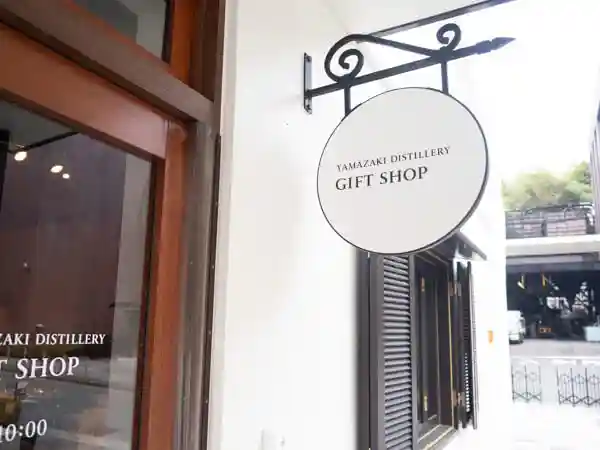
There were various goods reused from the used whiskey barrel wood.
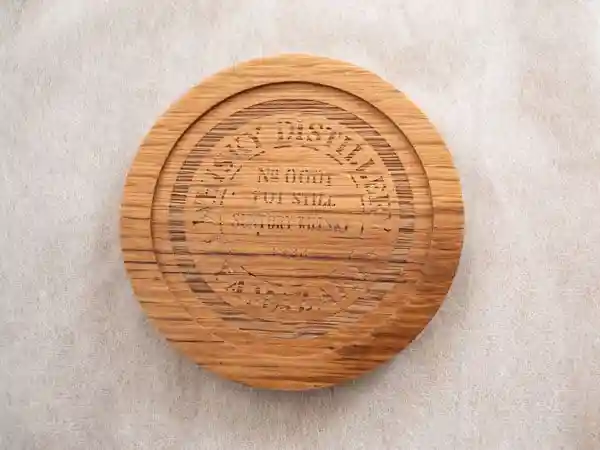
The photo above is a barrel oak coaster. The material used for this coaster is the barrels used to age whiskey.
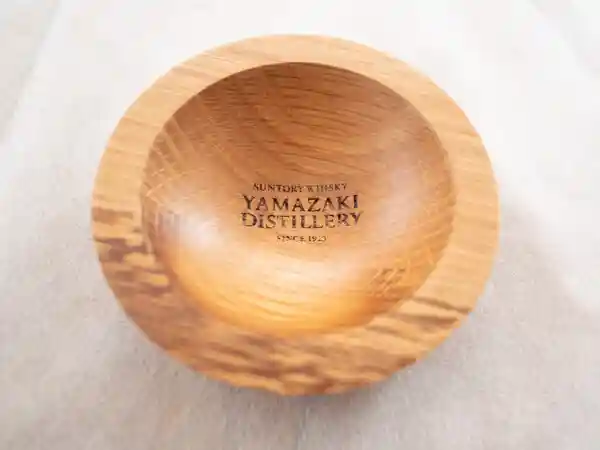
The photo above is an oak nut dish. The grain of the barrels used to age the whiskey is exquisite.
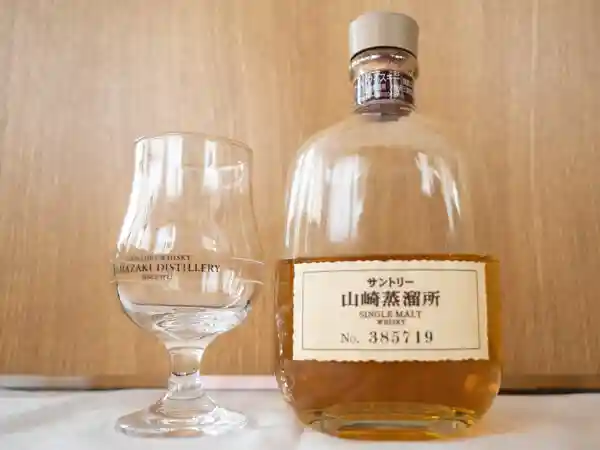
The photo above is a single malt whisky exclusive to the Yamazaki Distillery. It is limited to one bottle per person, and the bottle has a serial number. Besides these, I bought chocolates for whiskey nibbles, and snacks smoked with oak wood. During the tour, the staff taught me how to make a highball. I made a very tasty highball at home using the method I learned!
After visiting the Whiskey Museum, I can now taste and smell whiskey more delicately. If you are interested in whiskey, please visit. You will understand how excellent whisky is and how to enjoy it.
